Disclosure: This article contains affiliate links. We may earn a commission from purchases at no extra cost to you, which helps our travel content.
Standing at the edge of Lima's Costa Verde, watching surfers catch waves as the sun dips below the Pacific horizon, I'm reminded that some of life's most profound experiences don't require emptying your wallet. This sprawling coastal capital—often overlooked as merely a gateway to Machu Picchu—has revealed itself to me as a destination worthy of lingering, even on the tightest of budgets. During my week-long stay last fall, I challenged myself to experience Lima's rich tapestry of pre-Columbian history, colonial architecture, and world-renowned gastronomy while spending no more than $40 per day. What I discovered was a city where budget constraints didn't limit authentic experiences but rather pushed me toward the soul of Peruvian culture that many travelers miss in their rush to the Andes. This guide shares how you can do the same, balancing wabi-sabi appreciation of imperfection with practical budget strategies that won't leave your bank account gasping for air.
Finding Budget-Friendly Accommodation in Lima's Vibrant Neighborhoods
When I first landed in Lima, the accommodation options seemed daunting. High-end hotels in Miraflores and San Isidro beckoned with their ocean views, but at prices that would demolish my budget in a single night. Instead, I turned to Barranco and the edges of Miraflores for more affordable options that still kept me close to Lima's heart.
Barranco, with its bohemian spirit and colorful street art, became my home base. This artsy district offers numerous hostels and guesthouses where a dorm bed runs $10-15 per night. I chose Dragonfly Hostel for its rooftop terrace where I could practice morning meditation overlooking the neighborhood's historic buildings. The communal kitchen also allowed me to prepare simple breakfasts and occasional dinners, critical for staying under budget.
If dormitory living isn't your style, consider Lima's growing network of local homestays. For about $20-25 per night, you can rent a private room in a family home, often including breakfast. These arrangements provided me with not just accommodation but cultural immersion and local knowledge no guidebook could offer.
During my stay, I used my trusty packing cubes to keep my belongings organized in shared spaces. When you're living out of a backpack in a dormitory setting, these compression cubes become sanity-savers, allowing you to unpack without sprawling your belongings across communal spaces.
For solo travelers concerned about safety, I found Lima's hostels generally secure, but I always kept valuables locked away in my portable safe when exploring the city. This simple precaution gave me peace of mind while wandering through markets and museums.
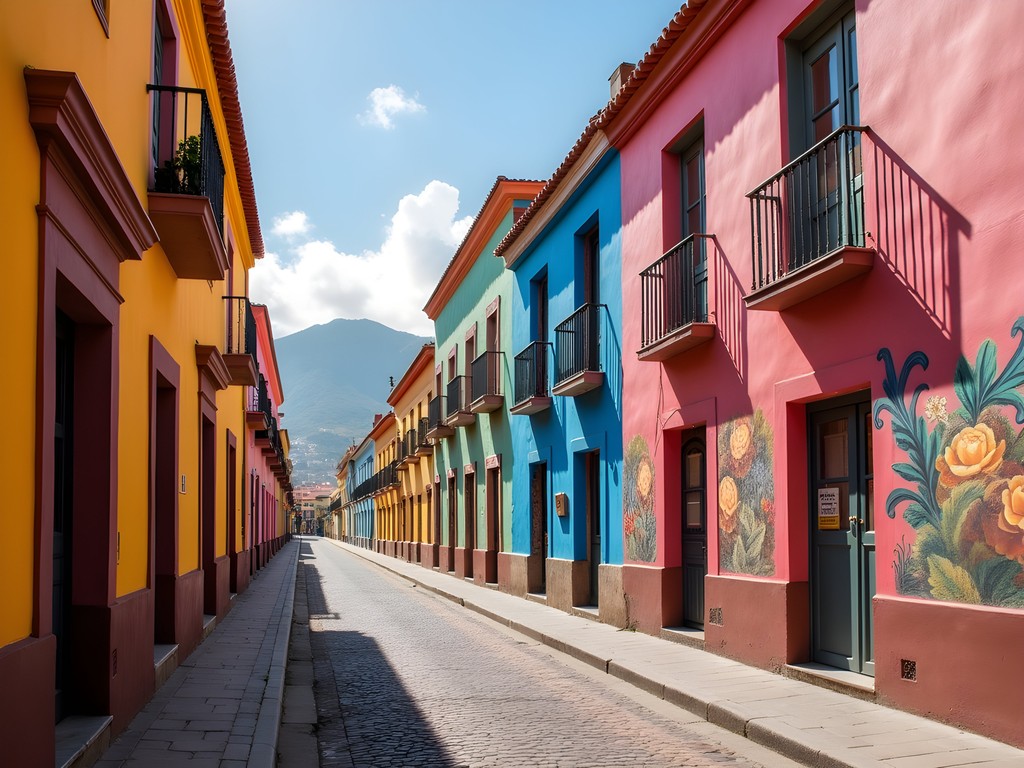
💡 Pro Tips
- Book accommodations at least 3-4 weeks in advance during high season (June-August)
- Look for places that include free breakfast to save $3-5 daily
- Stay within walking distance of public transportation to reduce daily commuting costs
Eating Like a Limeño Without Breaking the Bank
Food may be Lima's greatest treasure, but experiencing this culinary capital doesn't require splurging at Central or Maido (though they're certainly worth the splurge if your budget allows). Instead, I found that eating like a local not only preserved my budget but also provided more authentic cultural connections.
My day typically began with simple breakfast at my hostel or a nearby panadería (bakery), where fresh pan frances and a strong Peruvian coffee cost less than $2. For lunch—the most important meal in Peru—I discovered the magic of menú del día (set lunch menu). These fixed-price meals offered in small family-run restaurants called huariques typically include a starter, main course, dessert, and drink for $3-5.
One of my favorite discoveries was a small restaurant near Parque Kennedy where the daily special featured causa (potato terrine), ají de gallina (creamy chicken stew), and a chicha morada (purple corn drink) for just $4. The portions were generous enough that I often saved half for a light dinner.
Lima's markets offer another budget-friendly culinary adventure. Mercado de Surquillo, just a short walk from touristy Miraflores, became my go-to spot for fresh fruit smoothies ($1-2) and empanadas ($1). The sensory experience of these markets—vibrant produce displays, vendors calling out their offerings, the mingling aromas of spices and fresh bread—costs nothing but enriches your understanding of local food culture immeasurably.
Street food in Lima deserves special mention, though approach with some caution. My rule was to follow local crowds and look for vendors with high turnover. Anticuchos (beef heart skewers) from street carts in Barranco cost around $1.50 and provided a taste of authentic Peruvian cooking traditions. Similarly, picarones—sweet potato and squash donuts drizzled with honey—made a perfect $1 dessert while people-watching in Plaza Mayor.
I always carry my collapsible water bottle when traveling to reduce plastic waste and save money. In Lima, I filled it each morning and added a slice of lime or cucumber for flavor since tap water isn't recommended for drinking.

💡 Pro Tips
- Eat your main meal at lunch when menú del día offers the best value
- Look for restaurants filled with locals rather than tourists
- Visit markets in the morning when produce is freshest and sample unfamiliar fruits
Free and Low-Cost Cultural Experiences
Lima unfolds like a living museum where many of its most enriching experiences cost little to nothing. I dedicated my mornings to exploring the city's free or low-cost cultural offerings, saving my budget for occasional special experiences.
The historic center of Lima, a UNESCO World Heritage site, rewards unhurried exploration. I spent hours wandering the colonial streets, admiring the intricate wooden balconies and vibrant facades. Plaza Mayor (Lima's main square) pulses with local life and hosts the changing of the guard ceremony at the Government Palace daily at noon—a colorful spectacle that costs nothing to enjoy.
Many of Lima's churches offer free entry and house remarkable colonial art. The San Francisco Monastery and its eerie catacombs charge a modest entrance fee ($3), but the guided tour provides fascinating insights into Lima's colonial history and religious art. I arrived early to avoid crowds and spent nearly two hours absorbing the atmosphere of this 17th-century complex.
Museums in Lima typically charge $3-7 entrance fees, but many offer free admission on certain days. The MALI (Lima Art Museum) waives its entrance fee on the first Friday of each month, while the impressive Larco Museum—housing an extensive pre-Columbian collection—offers free entry on the first Sunday monthly. I planned my itinerary around these free days, maximizing cultural experiences while minimizing costs.
For an immersive experience that connects Lima's past and present, I joined a free walking tour of Barranco. These tip-based tours (I budgeted $5) provided context and stories I would have missed exploring independently. My guide, a local art student, revealed hidden murals and shared the neighborhood's evolution from aristocratic seaside resort to bohemian arts district.
Perhaps my favorite budget-friendly activity was simply people-watching in Lima's parks. The Magic Water Circuit in Parque de la Reserva ($1.50 entrance) comes alive at night with illuminated fountain shows synchronized to music—a surprisingly sophisticated entertainment option that delighted my inner child while satisfying my photographer's eye.
To document these experiences, I relied on my smartphone gimbal for capturing smooth video while walking through Lima's vibrant streets. This compact tool helped me create professional-looking travel memories without carrying bulky equipment.
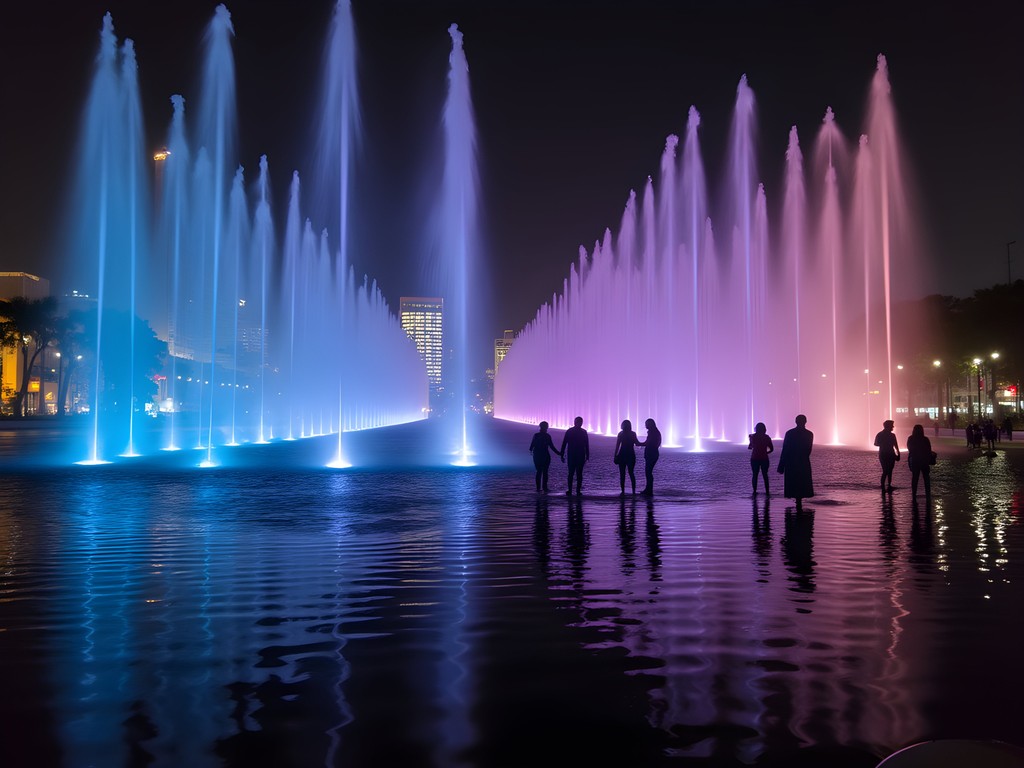
💡 Pro Tips
- Download the free Lima Walking Tour app for self-guided explorations
- Visit churches mid-morning to avoid both tourist groups and service times
- Check museum websites for free admission days and plan accordingly
Navigating Lima on Public Transportation
Lima's sprawling size can seem intimidating, but mastering its public transportation system was key to maintaining my budget while accessing different neighborhoods. The city's informal network of buses, combis (minivans), and the Metropolitano BRT system became my lifelines.
The Metropolitano, Lima's bus rapid transit system, runs north-south through the city on dedicated lanes, bypassing the notorious traffic. At approximately $0.75 per ride, it offers the most efficient and comfortable public transit option. I purchased a reloadable card at the main station for about $1.50 and kept it topped up throughout my stay. The system connects many major attractions, from the historic center to Barranco.
For areas not serviced by the Metropolitano, combis (small minivans) and micros (larger buses) fill the gaps. These colorful vehicles might seem chaotic at first—with conductors hanging from doors shouting destinations—but they're remarkably effective once you understand the system. Rides typically cost $0.30-0.60 depending on distance. I found Google Maps surprisingly accurate for planning these routes, though I always verified directions with locals or hostel staff.
Navigating this system requires some adaptation to local customs. During my first combi ride, I watched carefully as locals boarded and paid, then mimicked their actions. The key phrase I learned was "Baja próxima," meaning "I'll get off at the next stop"—essential for alerting the driver when approaching your destination.
For evening outings or when carrying valuables, I occasionally splurged on authorized taxis or used ride-sharing apps. These cost more ($3-5 for short trips) but provided additional safety and convenience after dark. When using taxis, I always negotiated the fare before entering and only used officially registered vehicles or app-based services.
Walking remains my preferred way to explore any city, and many of Lima's neighborhoods reward pedestrians. The clifftop parks connecting Miraflores and Barranco offer stunning ocean views and free entertainment as paragliders float overhead. I dedicated one afternoon to the 5km walk along this route, stopping at viewpoints and public exercise stations along the way.
For longer stays, consider investing in a travel daypack with anti-theft features. Mine became indispensable for navigating Lima's public transportation, with designated pockets for my transit card, water bottle, and camera while keeping valuables secure against my back.

💡 Pro Tips
- Download the Lima public transportation map to your phone before arrival
- Avoid rush hours (7-9am and 5-7pm) when buses become uncomfortably crowded
- Keep small bills and coins handy as drivers don't always have change
Day Trips and Adventures Beyond Lima
While Lima itself offers plenty to fill a week, I carved out time for two budget-friendly day trips that provided contrast to the urban experience without straining my finances.
Pachacamac, an archaeological complex just 31km southeast of Lima, became my first excursion. Rather than booking an organized tour ($40+), I made my way there independently for under $10 round trip. The journey involved taking the Metro to Villa El Salvador station, then a local bus to the site. The entrance fee ($3) granted access to expansive ruins dating from 200 CE through the Inca period. I spent four hours exploring the pyramids, plazas, and temples at my own pace, often finding myself completely alone amidst structures that have witnessed nearly two millennia of history.
The site lacks the restoration seen at more famous Peruvian archaeological destinations, but this raw quality creates a more authentic connection to the past—a perfect embodiment of wabi-sabi appreciation for imperfection and impermanence. I packed a simple lunch and found a quiet spot overlooking the valley, where I could contemplate the civilizations that had risen and fallen on this land.
My second day trip took me to Pucusana, a small fishing village about 60km south of Lima. The journey by public transportation cost approximately $4 round trip and delivered me to a working harbor where tourism remains secondary to daily life. For $5, I hired a local fisherman to take me on his boat around the bay, where we spotted pelicans, sea lions, and the daily rhythm of coastal life. The seafood lunch that followed—the freshest ceviche I've ever tasted—cost just $6 at a family-run restaurant overlooking the harbor.
These self-organized excursions required more planning than signing up for packaged tours, but the rewards extended beyond financial savings. By navigating public transportation and interacting directly with locals, I gained insights into everyday Peruvian life outside the tourist bubble.
For these day trips, I relied on my portable charger to keep my phone powered for navigation and photography. When you're spending full days away from power outlets, having backup power becomes essential rather than optional.

💡 Pro Tips
- Start day trips early to maximize daylight hours and avoid rush hour transportation
- Download offline maps of your destination before departing Lima
- Learn basic Spanish phrases for asking directions and negotiating transportation
Final Thoughts
As my week in Lima drew to a close, my wallet remained surprisingly intact while my heart and mind overflowed with experiences. By embracing public transportation, seeking out local eateries, and prioritizing free cultural activities, I discovered that Lima's soul isn't found in its luxury restaurants or boutique hotels but in the everyday rhythms of its streets and the warmth of its people. The challenge of a $40 daily budget didn't diminish my experience—it enhanced it, pushing me beyond tourist zones into the authentic pulse of this complex city. Whether you're a student stretching funds between semesters or simply a traveler who values experiences over extravagance, Lima rewards those willing to slow down and engage with its many layers. As you plan your own Lima adventure, remember that sometimes the most meaningful souvenirs are the moments of connection that cost nothing at all. Buen viaje!
✨ Key Takeaways
- Lima can be experienced authentically on a budget of $40/day with strategic planning
- Public transportation and walking provide cost-effective ways to explore the city's diverse neighborhoods
- Menu del día lunch specials offer the best value for experiencing Peruvian cuisine
- Free and reduced-price days at museums and cultural sites can significantly reduce entertainment costs
- Independent day trips using public transportation save money while providing deeper cultural immersion
📋 Practical Information
Best Time to Visit
April-May or September-October (fall/spring shoulder seasons)
Budget Estimate
$30-40 per day excluding flights
Recommended Duration
5-7 days
Difficulty Level
Intermediate
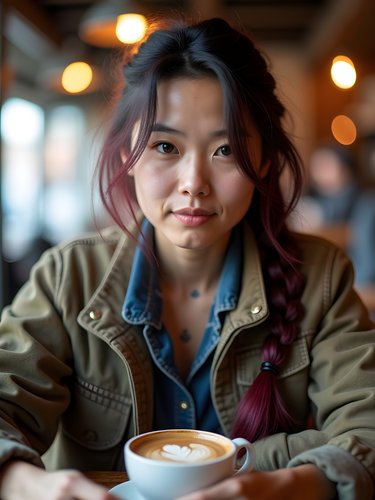
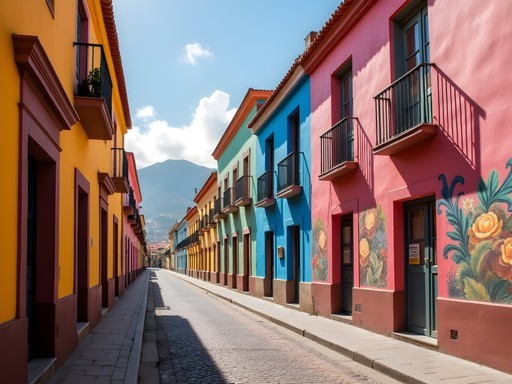
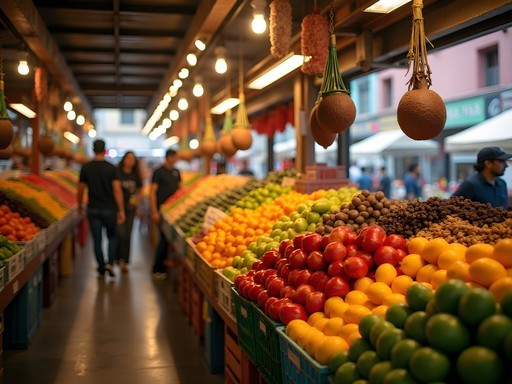
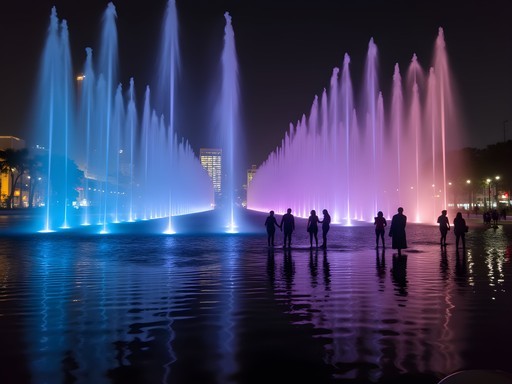
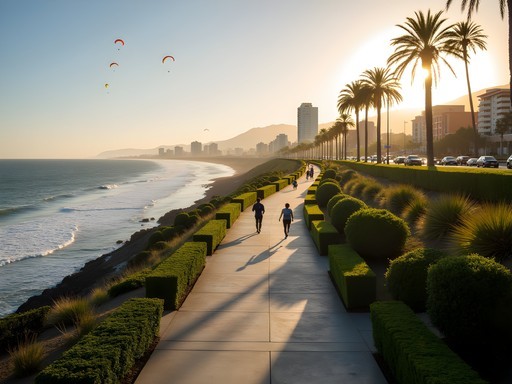
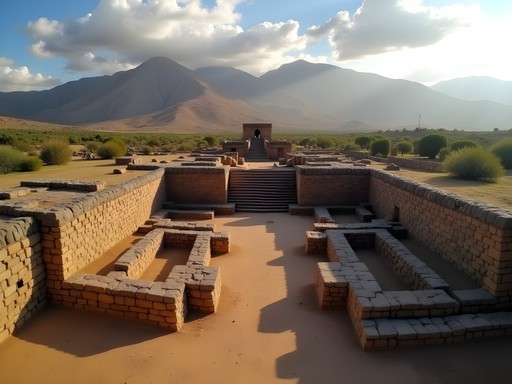


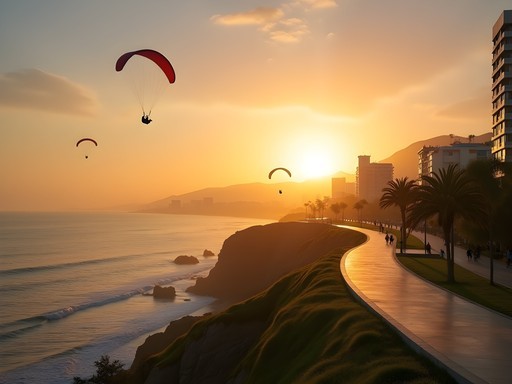







Comments
Hannah Woods
Excellent breakdown of Lima's budget options. Having visited three times over the past decade, I've noticed how the city's budget travel scene has evolved. One aspect worth emphasizing is the safety disparity between neighborhoods - while Miraflores and Barranco are relatively secure for budget travelers, venturing into certain parts of central Lima requires more caution, especially with valuables. I'd recommend investing in a anti-theft bag for peace of mind when using public transportation. For accommodation, I found the hostels in Barranco offer better value and atmosphere than Miraflores, though slightly less convenient for airport transfers.
freeclimber2896
Just got back from Lima and can confirm these tips work! The Metropolitano bus system saved us so much money compared to taxis. One thing I'd add - download the Lima bus app before going, it was a lifesaver for navigating routes. We stayed in an Airbnb in Barranco for $25/night and loved the bohemian vibe. Also found an amazing ceviche place near Parque Kennedy that was only 15 soles ($4) for a huge portion!
bluediver
What's the name of that ceviche place? Heading there in October!
freeclimber2896
It's called El Cevichero, small place with blue chairs on Calle Schell. No English menu but just point at what others are eating!
tripzone8196
This is EXACTLY what I needed! Heading to Lima next month and was worried about costs. Saving this post!
tripking
Great post! Which neighborhood would you recommend staying in for a solo traveler who wants to be close to good food but still safe?
Elizabeth Stephens
I'd definitely recommend Barranco or Miraflores for solo travelers. Both have great food scenes and are generally safe, but Barranco has more character while Miraflores is a bit more polished.
tripking
Thanks! Barranco sounds more my vibe. Any specific hostels you'd recommend there?
sunnyace
OMG I'm so excited to try all the food you mentioned! Is the ceviche really as good as everyone says? And can you really get good meals for under $5?? Also, which neighborhood would you recommend for someone who loves nightlife but is on a super tight budget?
sunnynomad
Not the author but YES the ceviche is THAT good! Just make sure to eat it for lunch, not dinner (locals say it's not as fresh later in the day). Barranco has great nightlife and cheaper options than Miraflores.
Elizabeth Stephens
What @sunnynomad said! The ceviche is incredible - and yes, lunch is the time to get it. For budget nightlife, definitely check out Barranco. There are some great little bars around the Bridge of Sighs that won't break the bank. And the menu del día lunch specials are the best way to eat well for $3-5!
sunnyace
Thanks guys! Barranco it is! Can't wait for the ceviche!
wandervibes
That sunset photo from Miraflores cliff is stunning! Was just there last month and you really captured the magic of Lima's coastline. We found a small family-run place in Barranco for $25/night that included breakfast on a rooftop terrace - such great value! Your food recommendations were spot on too - those sandwich spots saved us so much money compared to tourist restaurants.
Savannah Torres
Elizabeth, this brings back so many memories! When we visited Lima with our kids last summer, we were amazed at how family-friendly it could be on a budget. The Magic Water Circuit was a huge hit with my 8-year-old - only about $1.50 entrance and they were mesmerized for hours! We also found that splitting larger menu del día lunch portions between the kids saved us tons. One thing I'd add for families: many museums have free Sunday admission for residents, but tourists can still enter at reduced rates if you go later in the afternoon. We used our pocket guide constantly since it had all the bus routes marked clearly. Your accommodation tips are spot-on - we stayed in an Airbnb in Barranco and felt like locals by the end of the week!
Elizabeth Stephens
Thanks for adding the family perspective, Savannah! I don't have kids so that's super helpful info. The Magic Water Circuit really is magical, isn't it? Great tip about the museums too!
Sage Dixon
This brought back so many memories of my Lima adventure last year! I'd add that the Metropolitano bus system was my lifesaver - so much cheaper than taxis. One tip I'd share: download the Lima bus app before going, as it really helps navigate the routes. I found an incredible ceviche spot in Chorrillos called 'El Chorillano' where locals eat - huge portions for about $5! Also worth mentioning for safety - I used my money belt on public transport which gave me peace of mind. Elizabeth, did you make it to any of the pre-Incan ruins like Huaca Pucllana? That was my favorite free/cheap activity!
Elizabeth Stephens
Yes! Huaca Pucllana was incredible - I went during sunset hours and the lighting made for amazing photos. El Chorillano is now on my list for next time!
coffeezone
Try Tostaduria Bisetti in Barranco for amazing coffee! Super affordable and authentic.
journeylover
Great post! Do you think this budget approach works for other parts of Peru too? Planning a 2-week trip and wondering if I should budget more for Cusco and Machu Picchu.
Sage Dixon
Not the author, but I can tell you Cusco will definitely need a higher budget, especially for Machu Picchu. The entrance fee alone is about $45-60 depending on which parts you visit. I'd budget at least $60-70/day for Cusco and more for the actual Machu Picchu days. The Sacred Valley can be done cheaper though!
journeylover
Thanks for the insight! That's really helpful for my planning.
Venture X
Premium card with 2X miles, $300 travel credit, Priority Pass